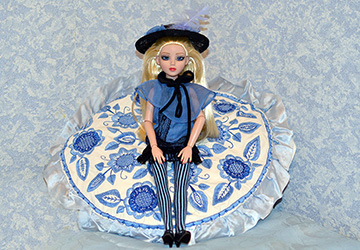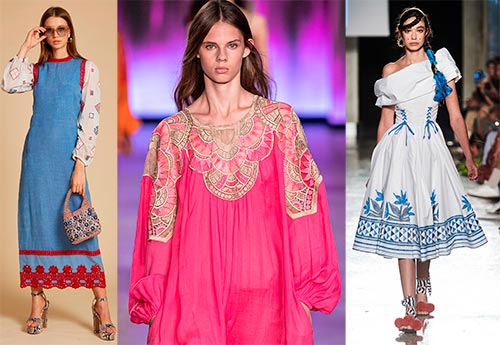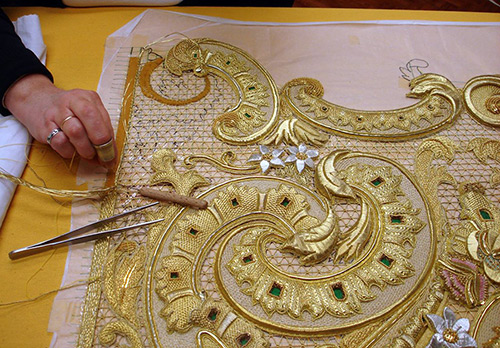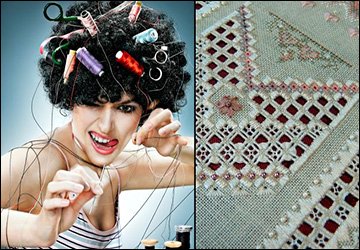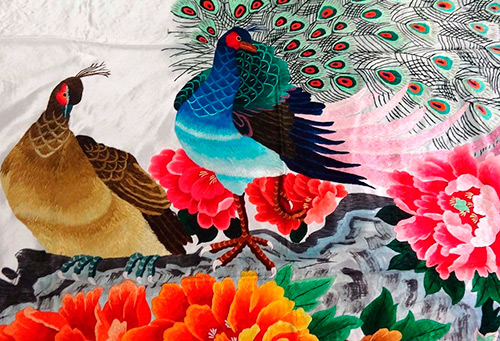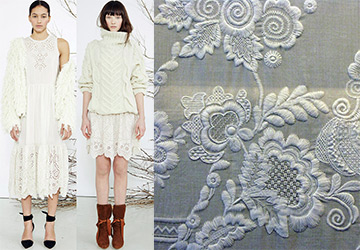ILLUSTRATIONS
Luxurious bargello embroidery with 3D effect
Bargello embroidery is the name of a beautiful embroidery, which, however, has more than one name, it is also called Florentine embroidery or - "Hungarian stitch". Beautiful things made with a simple stitch are actually not so simple, but not in the technique of execution, but in their perception.
The technique is not complicated, but the effect that the embroidery creates can be called unique. Looking at the products in bargello embroidery, one can see patterns that create optical illusions. Some of them resemble tongues of flame, which, repeating themselves, lie in the embroidery one after the other, forming a picture conceived by the embroiderer.
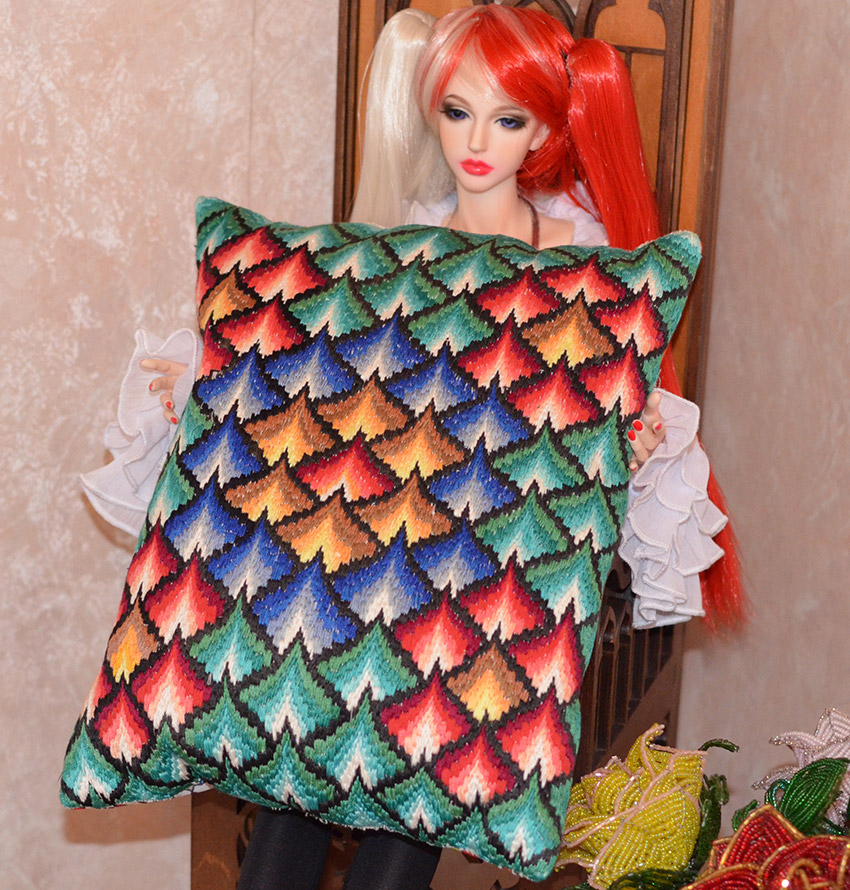
On the embroidered pillow you can see rolling waves or a basket woven from a vine, fluttering ribbons or the northern lights. All this is created by a selection of multi-colored threads that are stacked in the form of stitches. Thus, there is a transition from one tone to another, creating a gradient, light and shadow, depth and volume, contrast and monochrome.
Bargello embroidery technique
In the classic version, this embroidery is done with vertical stitches. To get a continuous picture of alternating multi-colored torches, when sewing stitches, you need to monitor the stitch length, which may vary depending on the pattern. In addition, the stitches should fit snugly together so that there are no gaps between the threads.
Embroidery is a multi-colored pattern that completely covers the base. Creates the effect of a woven fabric. This simple work made it possible to create durable and wear-resistant items for home and church decoration.
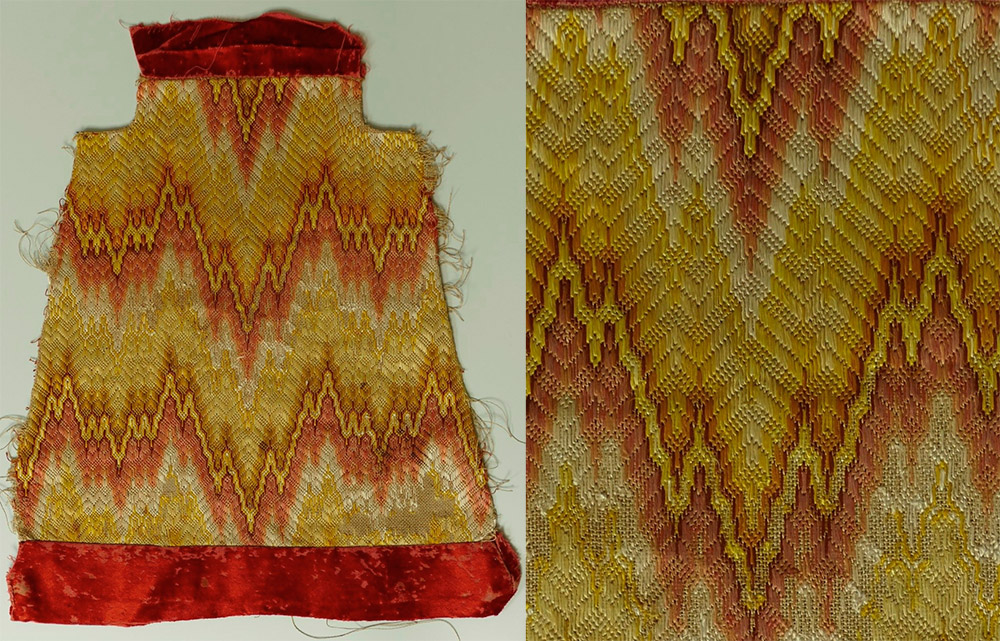
Those who are seriously into fashion will probably immediately notice that many of the patterns resemble Missoni zigzags... However, those zigzag patterns that are found in bargello embroidery have come to us for a long time, and many of them could not be borrowed from modern designers in any way. Everyone has their own path in the history of art and fashion.
Embroidery history
What way did the bargello embroidery go? Which country was the discoverer of this beauty?
In Italy, this technique is called: punto unghero, which means "Hungarian stitch", or fiorentino - "Florentine embroidery", as well as bargello. The last name appeared somewhat later. Based on this, it is clear that two countries can argue about the right of the discoverers of embroidery - Italy and Hungary. But we will not argue about this.
Many versions and legends created around the appearance of embroidery are not reliable and are not supported by historical facts. Therefore, we will leave these mysteries to the historians of art and fashion.
However, in Italy there is a palace called Bargello, built in the middle of the 13th century especially for the ruler of the city. But over time, the head of the executive and judicial authorities was located here, then the Council of Justice, and in the 16th century the palace became the property of the captain of the police guard (bargello). The very word Bargello comes from the Lombard word barigildus and means "judge, chief of the guard."
In this palace, court cases were decided, its walls could hear the groans of prisoners, and, as historians say, those executed.
Today in this building - the Bargello Museum - one of the most beautiful museums in Florence, which contains the works of the greatest geniuses renaissance... As exhibits, you can see various collections, including a collection of armchairs with unique Florentine embroidery. This is where the new name for embroidery came from.
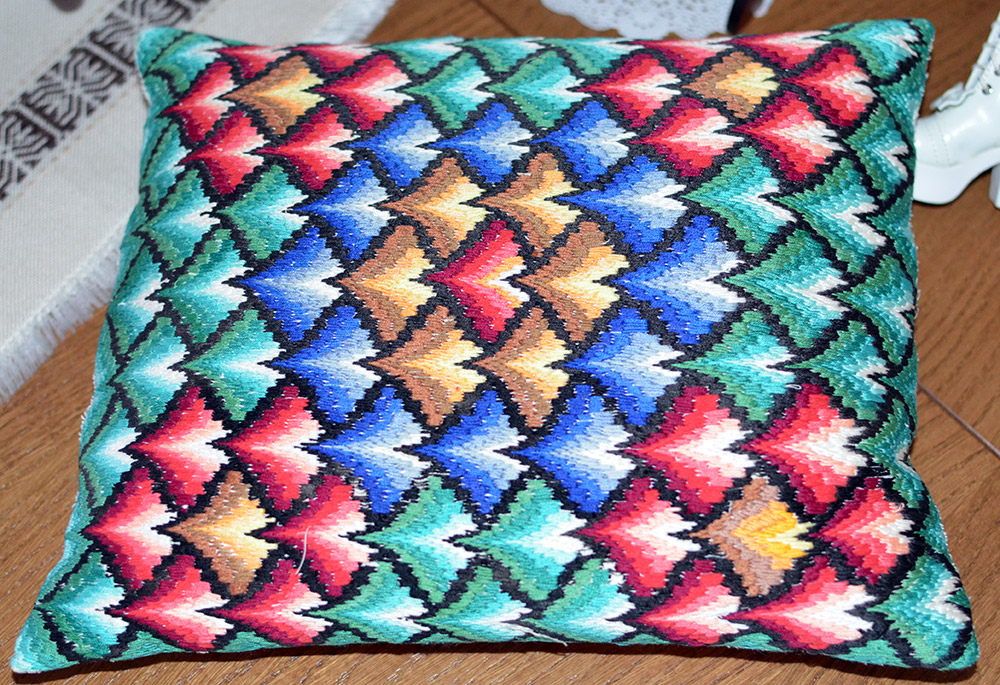
There is ample evidence that Polish women owned this type of handicraft. In the XIV century, the Hungarian princess - Jadwiga, when she married the Polish king Jagiello, amazed everyone around her with her ability to embroider in the bargello technique.Naturally, all the women at the king's court wanted to imitate Jadwiga. This is how this embroidery became popular in Poland as well.
Fiery patterns were common not only in Italy, Hungary and Poland. In museums in England, France, the Netherlands, you can also see zigzag-like bright patterns of small torches. In the British museums "Parham House" and "Chastleton House" exhibits with embroidery in this technique, which date from 1560-1585, are kept. Here it is called Flame Stitch.
In France, products with bargello embroidery gained popularity at the beginning of the 17th century; the French called the stitch "bergamo" (bergamo). A similar embroidery technique developed in the Czech Republic as well. Flame patterns have become popular throughout Europe for a long time, as evidenced by museum exhibits in many European countries.
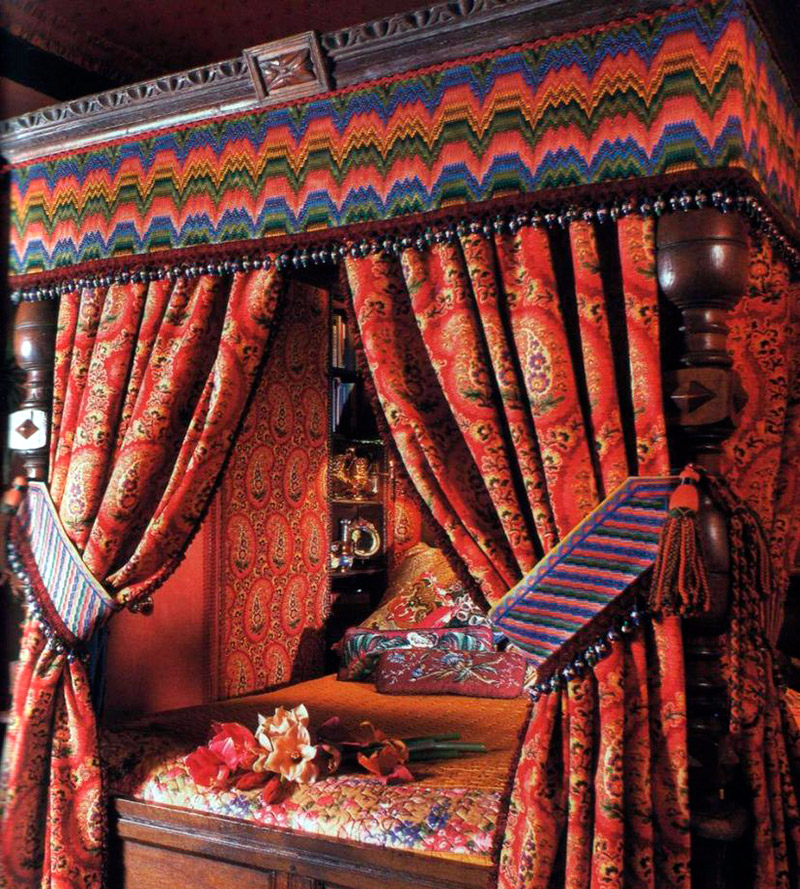
Florentine embroidery went its own way. It is likely that the fabrics brought from the East, the main route of which lay through Italy, served as a source of inspiration for Italian craftswomen. In the patterns of ancient embroidery, imitation of the patterns of bright oriental fabrics is very noticeable. Italians carefully preserved and passed on their traditions, including the bargello embroidery technique, which, like many other art objects, has become a landmark of the country.
The items embroidered in the Bargello style were made in the family's workshops. Often it was upholstery for upholstered furniture, bedspreads and pillows made with geometric patterns or bright tongues of flame.
For a long time, for several centuries, this embroidery was preserved in the same performance, but among the embroiderers there are always those who try to improve their beauty more and more, and some succeed.
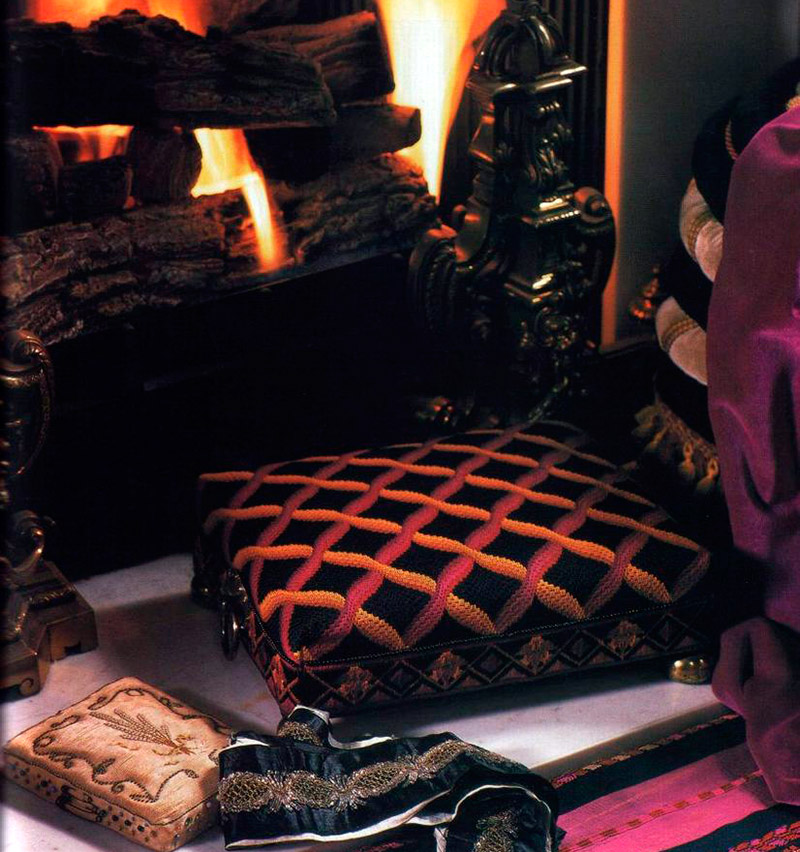
In the 70s, already in the twentieth century, embroidery began to be performed not only with straight stitches in one direction, but, first in four directions, and then in eight and twelve directions. This is the effect of a kaleidoscope. Modern embroiderers take inspiration from museum exhibits, photographs and add their own skill and vision of beauty, while using threads of different texture, beads, ribbons. This is how the bargello embroidery continues its journey, surprising us with its beauty and visual effects.
How to learn to embroider using the bargello technique
Do not think that this is more difficult than cross stitching.
What is required for embroidery.
In order for a product to admire its beauty, it is necessary to choose the right threads and base. Most often, craftswomen embroider using the bargello technique on dense fabric. For those who are starting to embroider for the first time, it is better to use thicker threads, for example, woolen. In general, you can use different types of threads - from wool to silk (wool embroidery is considered the most common).
For embroidery, it is better to use a base fabric with an even and sparse weave of threads. If there is none, then the canvas is sewn onto the fabric.
You should choose strong needles with a large eye, since sometimes embroidery is done with thick woolen threads, although this depends on the desire of the needlewoman.
It is better to choose fluffy and soft threads, before picking them up by color.
You need sharp scissors and a hoop.
The embroidery uses the scheme.
Bargello embroidery in the classic version is performed from right to left or left to right. When repeating the pattern, the pattern diverges from the middle of the canvas to the edges.
The bargello technique refers to embroidery under the name - counting surface, where you can find various execution techniques, which are united by the counting of threads with parallel stitches, and are distinguished by the peculiarity of the patterns. From here, everyone chooses to their liking.
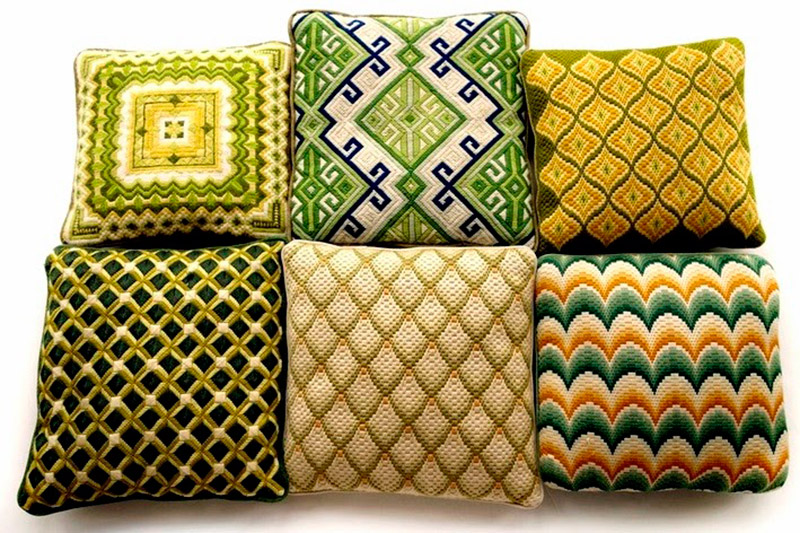
It is better to start embroidering in the bargelo technique in the classic version, using a straight vertical stitch going from top to bottom and from left to right through 4 threads of the canvas. The length and width of the stitch, as well as the number of steps are set in the first row, then the remaining rows are performed in the same way, while the number of steps increases.
Sometimes, it all depends on the drawing, changes occur. Novice craftswomen can see this in the diagram.In embroidery, you must make sure that the stitches lie flat, with the same thread tension, and also, starting the next row, the needle must accurately fall into the previous puncture. All of these tips will help you make your own unique designer pieces. Maybe it will be a clutch bag, belt, tablecloths, wallets, souvenirs, bedspreads, pillows, ...

In modern fashion, designers are trying to come up with something new, unprecedented, come up with you too.
When you see the folding patterns that create visual effects, you understand how limitless human imagination is. Embroidery creates a special mood and is able to dispel melancholy, and even improve health. Everyone should think about this, especially those who are depressed or feeling lonely.
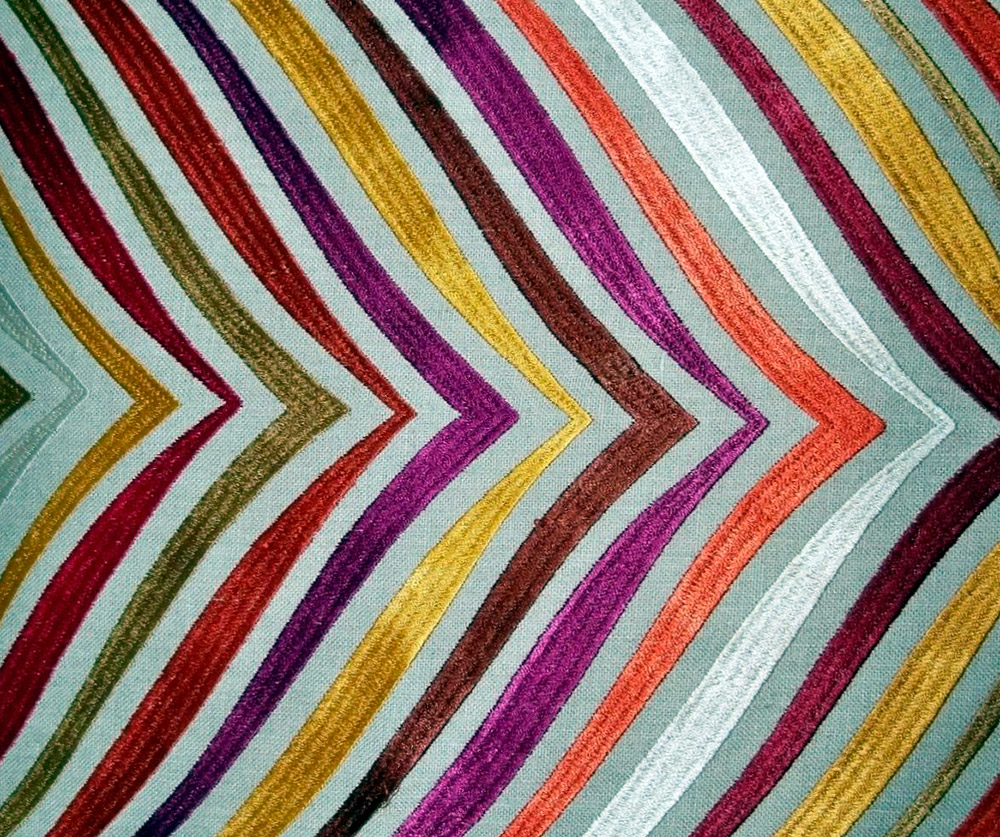
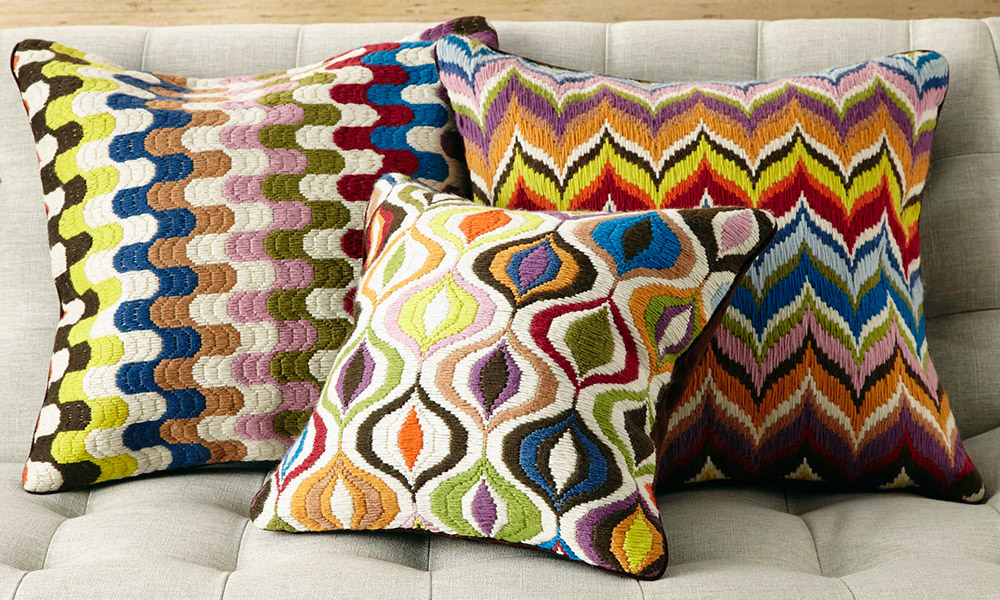
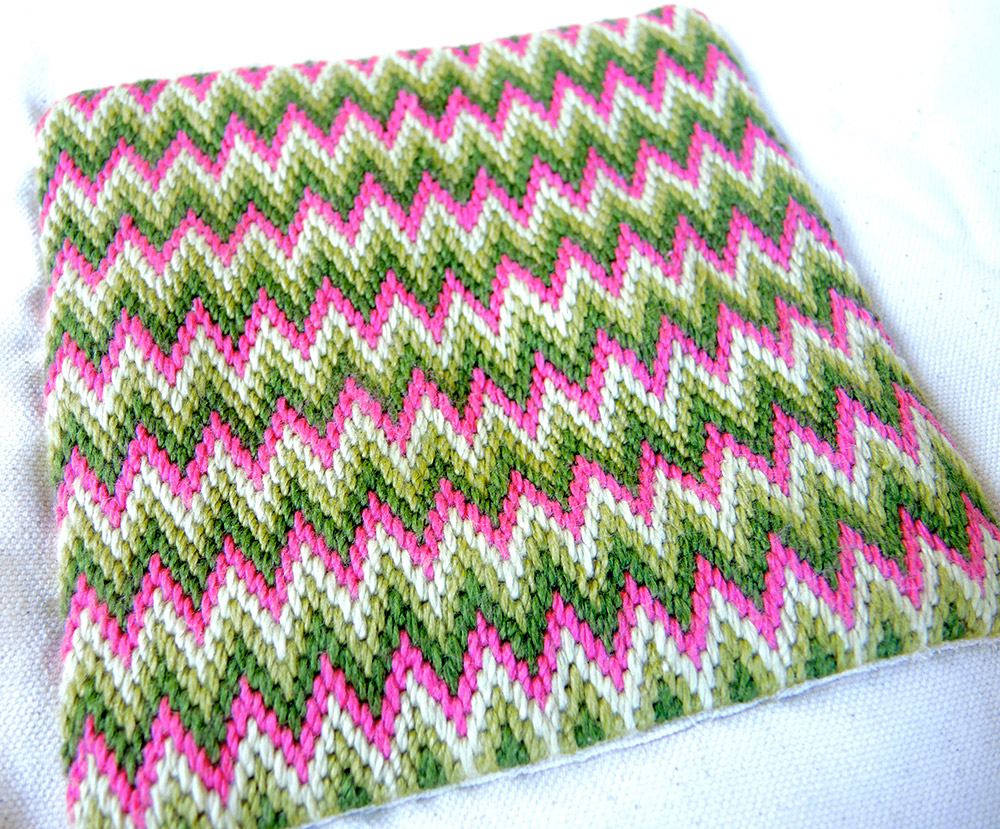
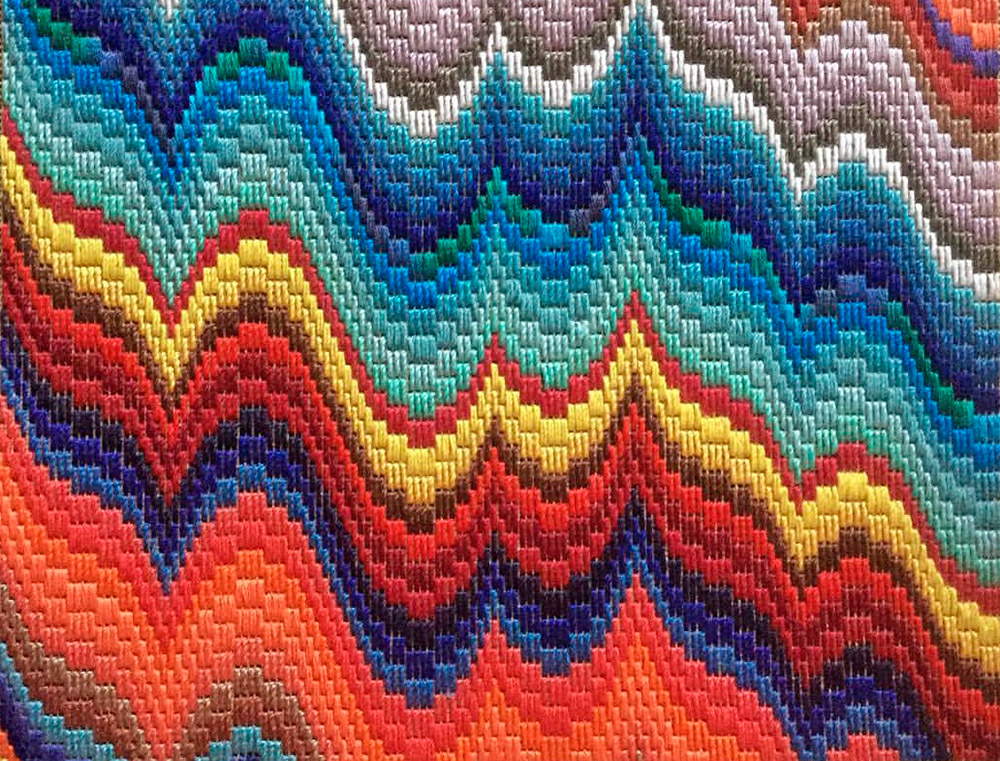
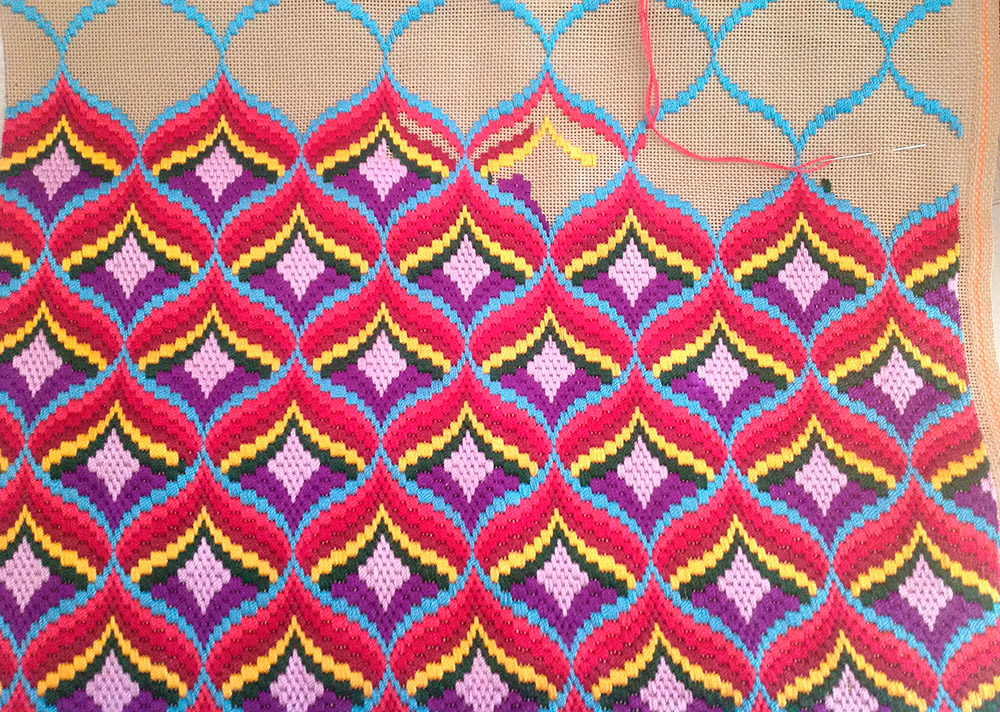
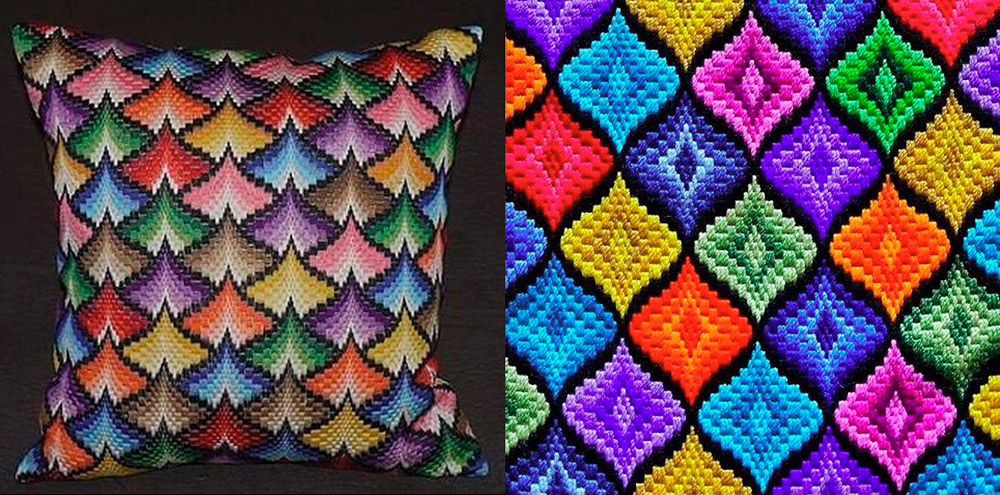
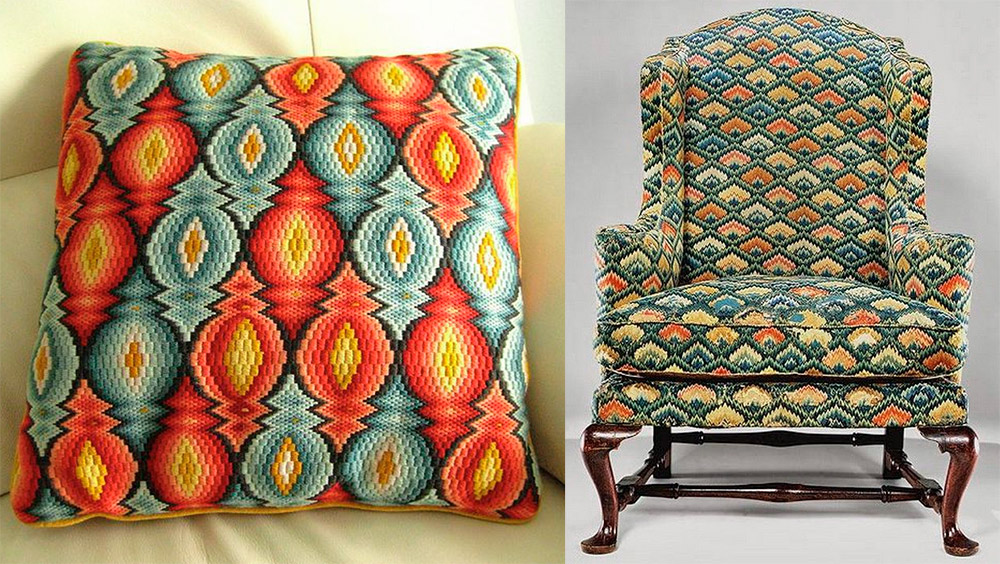
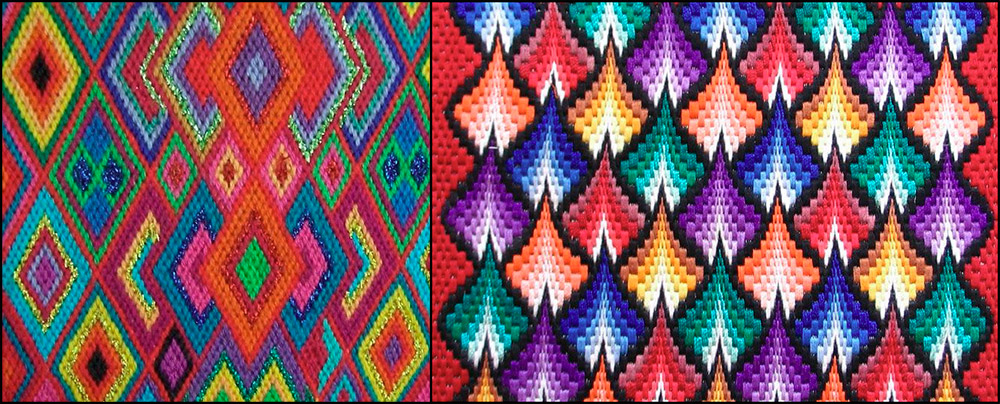
Comments and Reviews
Add a comment
Rating news
Shades of clothing that make women look younger
What shades of hair make women younger: rules and photos
Funny wedding dresses - photos and ideas
12 most expensive down jackets for the winter
How to look 25 at 40: tips from supermodels
Beautiful schoolgirls
Anti-aging haircuts and hairstyles for women
Fashionable skirts for autumn and winter
Fashionable women's trousers for the cold season
Fashionable and stylish sandals for summer 2024
Spring-summer 2024
 Fashionable dresses and tops with thin spaghetti straps
Fashionable dresses and tops with thin spaghetti straps
 Bandana tops: how to wear stylishly and beautifully
Bandana tops: how to wear stylishly and beautifully
 How to put together the perfect men's wardrobe for the summer
How to put together the perfect men's wardrobe for the summer
 Fashionable shorts for spring-summer 2024
Fashionable shorts for spring-summer 2024
 Fashionable skirts for spring-summer 2024: a guide to online shopping
Fashionable skirts for spring-summer 2024: a guide to online shopping
 The most fashionable dresses spring-summer 2024: styles and colors
The most fashionable dresses spring-summer 2024: styles and colors
 Fashionable total look 2024: ideas of images and trends
Fashionable total look 2024: ideas of images and trends
